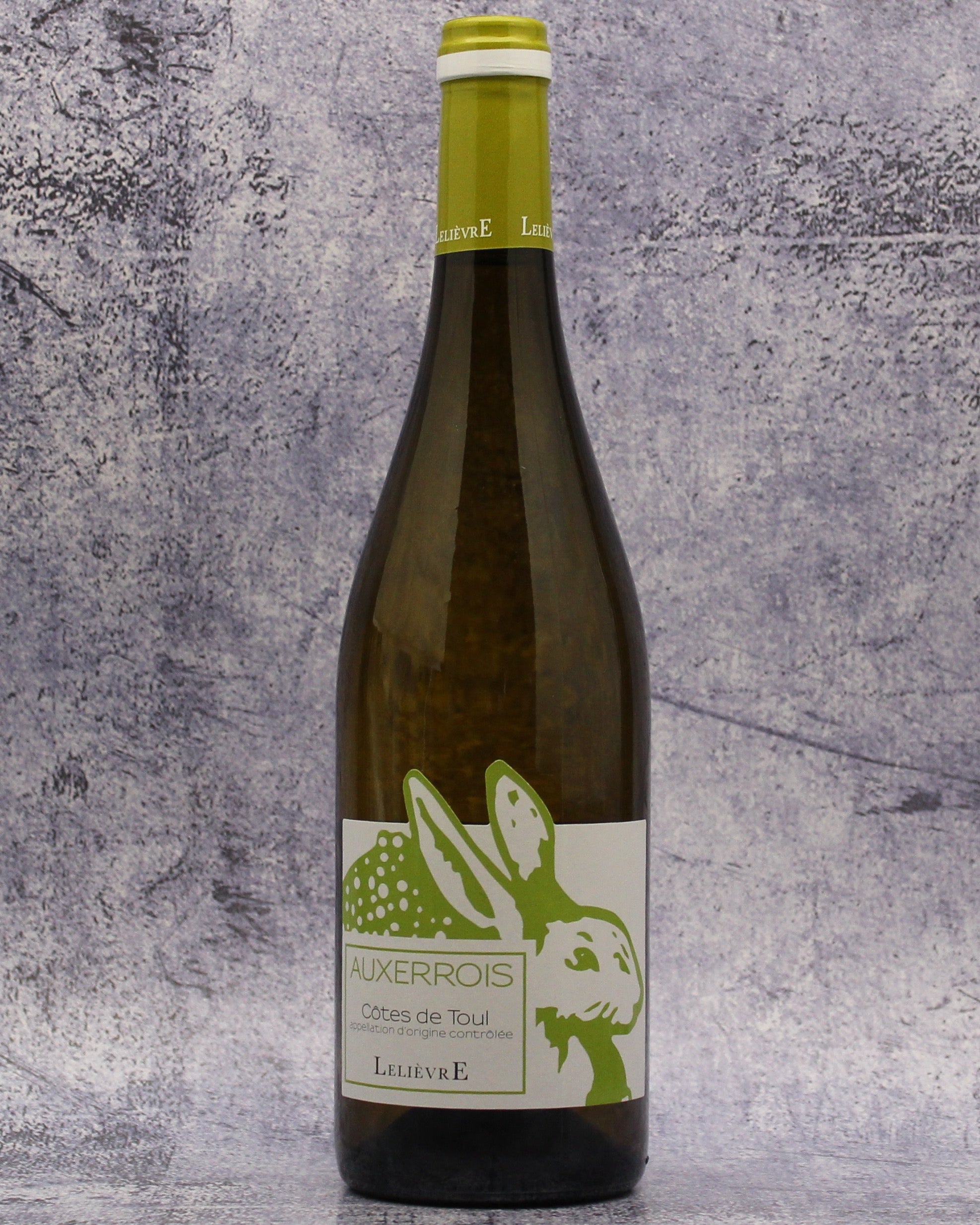Description
From: Côtes de Toul, France
Varietal: Auxerrois
Taste: Silky, ample, and rich with aromas of impressive white fruits! Refreshing, delicate, and refined, with notes of apple, pear, and white peach. There’s a slight hint of sweet Alpine herb that melds with aromas of white flowers, adding to this wine’s fresh nature. Round and supple on the broad palate with soft and structuring acidity.
Pairing: Can be enjoyed as an aperitif, with fresh cheeses, shellfish, or fish with sauce,
Auxerrois can marry and marvel with foie gras terrine or seared equally. It is also a
natural pairing for quiche (we’re sharing a classic recipe below), salads, or tagines. Other successful pairings include serving this alongside roasted chicken and shallots, potato gratin, and even picnic fare like simple ham and cheese sandwiches (or jambon et beurre baguettes), and cold fried chicken with potato salad.
Quiche Lorraine
By Craig Claiborne
Updated Nov. 13, 2023
About. Auxerrois is both a synonym for the black-berried Malbec in Cahors, where it is the dominant vine variety, and the name of a relatively important white-berried variety in Alsace. And as if that were not confusing enough, Auxerrois Gris is a synonym for Pinot Gris in Alsace, while Chardonnay, before it became so famous, was once known as Auxerrois Blanc in the Moselle—as distinct from Auxerrois de Laquenexy, which is the
variety today called Auxerrois in north east France (including Alsace) and Luxembourg.
There are still minuscule plantings of Auxerrois in the Loire. Still, today it is most
important in Alsace, the French Moselle (including Côtes de Toul), and Luxembourg,
where it is most valued, particularly for its low acidity. If yields are suppressed, which
they rarely are, the variety can produce excitingly rich wines that are worth aging until
they achieve a bouquet with a honeyed note like that of mature Chablis, the wine which
today could be described as ‘from Auxerre’ or, in French, Auxerrois. Virtually all of the
2012 French total of 2,419 ha/5,975 acres was in Alsace, which is much more popular
than Pinot Blanc even though it is rarely seen on a label.
The Lelièvre domaine was founded in the town of Lucy in the Côtes de Toul in 1971 after
Jean Lelièvre decided to vinify and bottle the family’s grapes instead of selling them to
neighboring winemakers. The family farms Auxerrois, Gamay, and Pinot Noir,
producing three still and one sparkling wine. The domaine is now operated by
brothers, Vincent and David Lelièvre whose passion for the Côtes de Toul appellation
and their family’s legacy is irrefutable.
While the appellation only recently received official AOC status in 1998, the region's history as a wine-producing area goes back centuries. Vines were originally planted by the Romans in the Moselle region of Gaul. The vines were planted on the hillsides of the
Moselle in the region’s alluvial clay-limestone soils. The vines flourished to over 50,000
hectares in the region by 1860. Unfortunately, the fate of the region became unclear starting in 1870 when phylloxera plagued the region. This devastation was followed by the French-German wars of 1870, 1914, and 1939, which proved to be hard on vignerons, and by 1951, there were only 30 hectares of vineyards left.
Today, the Lelièvre domaine grows in three of the appellations communes of production, Lucey, Bruley, and Blénod-lès-Toul, producing vin blanc, vin de gris, and vin rouge.

